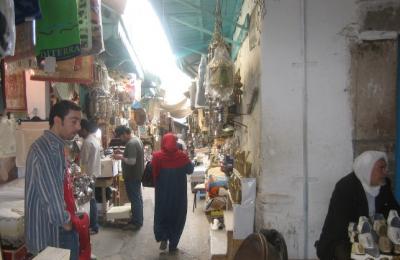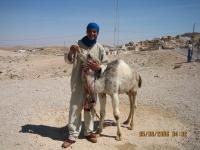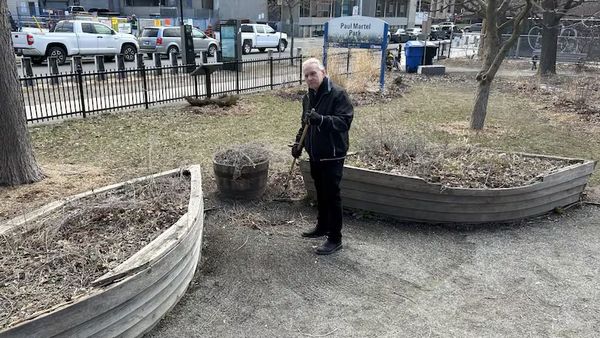Mrs. Washburne defines a happy country in her introduction: “ By a happy country I mean a country where all of the people have all of these: 1. Plenty of food. 2. Shelter, including homes and clothing. 3. Occupation at high enough wages to be able to buy all necessary things. 4. Education. 5. Good health. 6. Love and family. 7. Freedom of expression. As the editor notes, Mrs. Washburne found a country, where in her judgment, more than anytwhere else the people are happy and prosperous.
That country was Estonia.
Mrs Washburne spent from 1937 to early 1940 making sociological and political observations in Estonia, thus fleshing out with skill the standard travel book formula. Her book is about people, and what they need, no matter the country or continent.
The first 21 installments of this series appeared in Our Life last year. In the new Estonian Life we will continue this series; we have already travelled through Pärnu, Tallinn, Tartu, and Narva, and are presently in that border city.
***
The (Narva) river, once a border stream having to be guarded day and night, is now a waterway for pleasure and commerce. Up-stream are its lumber yards, its cotton and linen mills, its factories; downstream, on the far side of pine woods threded with winding walks, is its pleasure beach and its harbor sheltering ships from many lands. The first building we entered was a church that had seen much history. A bearded monk from the monastery next door showed us the barbaric splendor of its interior, scented with incense, closed against the fresh air. It was scented with incense, closed agianst the fresh air. It was built by the Danes in the thirteenth century as a Roman Catholic Church, and after the long religious wars, became a Lutheran church.
Advertisement / Reklaam
Advertisement / Reklaam
A high pulpit remains from those days as it does a singularly impressive crucifix of carved ivory and painted wood, hung about with a long wreath of white waxed flowers. It is not so much the expression of the face that moves you, as the knees, pitifully braced against each other in a futile effort to ease the weight dragging upon the nailed feet. Seeing the Man thus human in His effort to lessen His anguish somehow makes you share it.Today the church is russian Orthodox, and is full of gold and silver icons, set with rubies and diamonds, and of gorgeous altars, and huge candle-sticks strangely burning electric lights. The metallic surfaces of the icons still shine in splendor and so do their many jewels, but the painted faces of jesus and his mother, and of saints and angels, are as dark as Negro’s faces.
(To be continued)




















